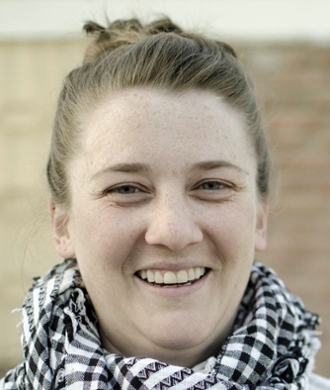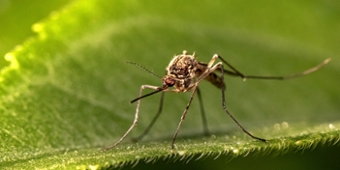
The skeleton as a source of information
Bones to reconstruct the past
Bones hold a wealth of information about a person’s life, revealing details about where they came from, how old they were when they died and what diseases they may have had. Scientists can use this data to piece together aspects of an individual's life, offering valuable insights that can help address present-day challenges, such as disease prevention and the promotion of a healthy lifestyle.
News
What we do
Daily life
A person’s daily life – from their diet to their level of physical activity – leaves lasting imprints on their skeleton. Archaeologists analyse these traces to piece together past ways of life, both on an individual level and across entire populations. The discovery of multiple skeletons enables researchers to examine groups collectively. If certain skeletal features are shared among many individuals, this may indicate common factors, such as a widespread disease within the community or routine physical tasks that everyone performed.
Diet
Diet can also leave its mark on the skeleton. In recent years, the analysis of stable isotopes in dental plaque has proven crucial in identifying the foods people used to eat. Dietary habits also influence the chemical composition of teeth and bones, allowing archaeologists to reconstruct ancient diets with remarkable precision.
Diseases and health
The skeleton serves as a biological record, preserving evidence of past injuries and illnesses. Fractures – whether healed or not –, serious wounds, and certain diseases leave identifiable traces on our bones. By studying these marks, researchers can determine an individual’s health history. What illnesses did they suffer from before they died? Did they experience major injuries during their lifetime? Is it possible to find out what caused these injuries? Answering these questions helps to build a clearer picture of the past.
Origins and migration
Skeletal remains also provide valuable insights into human migration. During childhood, bones absorb a particular ratio of isotopes which can be traced to a particular geographical area. Isotope analysis can therefore reveal patterns of migration, both at an individual level and across wider populations. It helps archaeologists understand who migrated from where, when and how regularly. By analysing skeletal remains, researchers can map migration patterns over longer periods of time.
Experts
-

Lotte Nagelhout Topics: bioarchaeology, medieval studies, osteoarchaeology, paleopathology, the skeleton as a source of information, venereal disease -

Sarah Schrader Topics: bioarchaeology, early modern western europe, egypt, low countries, osteoarchaeology, sudan, the skeleton as a source of information -

Cora Leder Topics: bioarchaeology, human evolution, osteoarchaeology, paleolithic, the skeleton as a source of information -

Alexandra Tutwiler Topics: bioarchaeology, child labour, industrialisation, osteoarchaeology, paleopathology, the skeleton as a source of information, urban history -

Rachael Hall Topics: bioarchaeology, health inequality, osteoarchaeology, palaeopathology, sudan, the skeleton as a source of information -

Rachel Schats Topics: bioarchaeology, medieval studies, osteoarchaeology, the skeleton as a source of information, urban history -

Claire Weeda Topics: medieval history, the skeleton as a source of information -

Maia Casna Topics: bioarchaeology, medieval studies, osteoarchaeology, palaeopathology, respiratory disease, the skeleton as a source of information, urban history
Research and society
Research methods
Medical research techniques are applied to skeletal remains to extract further information. CT scans and DEXA scans, for example, help analyse bone structure and density, which can be linked to factors such as diet, physical activity, and genetics. Additionally, mass spectrometry enables the molecular examination of bone tissue, allowing researchers to detect traces of disease and determine an individual's sex.
Relevance to society
Osteoarchaeological research continues to be highly relevant today, offering valuable insights into the origins and spread of diseases that have affected humans for centuries while also advancing modern forensic science. The large number of excavated skeletons allows scientists to test new techniques, which can then be applied in forensic anthropology to assist with victim identification.
Beyond its practical applications, the study of bones provides essential insights into the connections between lifestyle, stress, diet, health, and migration in the past. Understanding these complex interactions helps us better interpret similar processes in the modern world and anticipate future developments.






